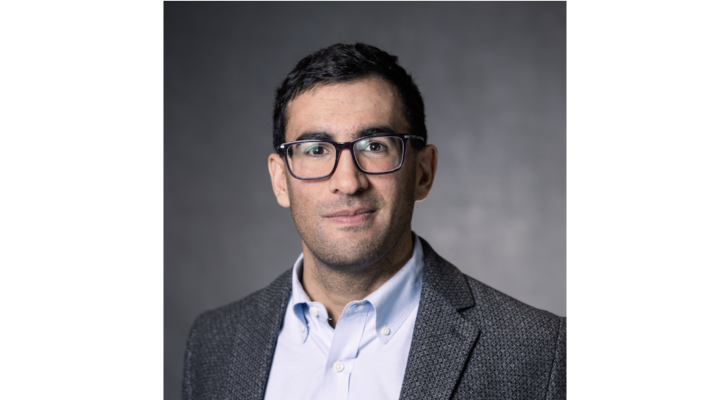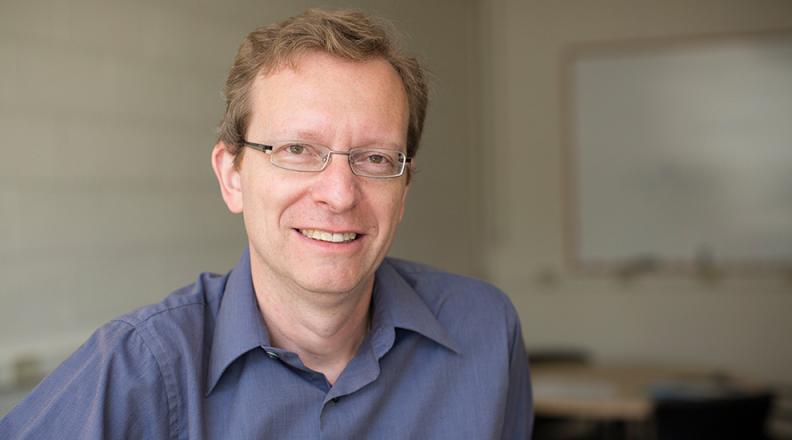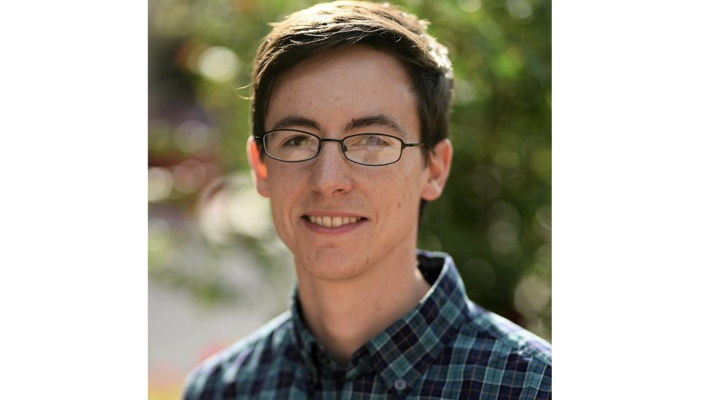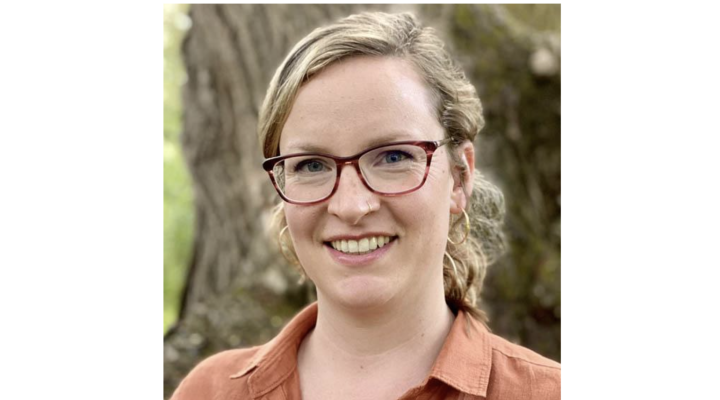Gennady Shvets started his postsecondary education as an undergraduate student at the Moscow Institute of Physics and Technology, and then obtained his Ph.D. in physics from the Massachusetts Institute of Technology. He was a postdoctoral fellow at Princeton University. During his doctoral and postdoctoral years, Shvets was firmly in the theoretical and computational camp.
“I was originally trained as a theorist,” says Shvets today from his office in Cornell’s Clark Hall, “but over time it became less and less practical to convince other researchers to test my ideas—I wanted to test them myself, so I became an experimentalist.” After five years in the Plasma Physics Lab at Princeton, Shvets joined the faculty of the Illinois Institute of Technology, where he started his own research group. “And then, over time, the idea of impact became more important for me,” says Shvets. “I wanted to build things. There is an incredible excitement within a group when experimentalists and theorists come together and try to either explain the collected experimental data, or to come up with new experiments based on theoretical insights.” Shvets then took advantage of the opportunity to join the faculty of the Physics Department of the University of Texas at Austin to build an experimental group.
Eventually, his work became more applied in its nature, significantly broadening in scope to include nano-optics, artificial optical materials, and even biological sensing. He did not forget his accelerator roots. “As my interest in applications grew, I became even more interested in the idea of building a particle accelerator,” says Shvets. “It would be much smaller than the one I was using at Fermi Lab and it would probably use lasers.” Now, 20 years into his academic career, Shvets is at Cornell in the School of Applied and Engineering Physics. “At Austin, my interests broadened, my group grew. I found I had to become more agile mentally to switch from project to project. I started to see the connection between different areas of physics and engineering better, and it became clear to me that there are significant opportunities in developing novel optical devices for a wide range of applications, especially in energy, health, and defense areas.”
For Shvets, that big picture involved working more with optical and microwave metamaterials. “It is a good thing for a scientist to have exposure to new people and ideas,” says Shvets. “Coming to Cornell has been good for me as a researcher. Moves like this can keep you from getting stale.” One major factor in Shvet’s decision to come to Cornell is the Cornell NanoScale Science and Technology Facility (CNF). The CNF has supported cutting-edge nanotechnology research for almost 40 years and continues to be one of the most highly-respected NSF-funded facilities in the nation.
“Here, I can make many nanostructured materials—CNF allows for rapid, consistent fabrication of new samples,” says Shvets with a smile. “This has been a big boost to my work.” The work Shvets is talking about shows just how broad his interests have become. The research interests listed on his faculty website include the fundamental science of metamaterials and plasmonics; active, nonlinear, and low-loss metamaterials and non-traditional optical devices based on them; biosensing and molecular fingerprinting of proteins and live cells using metamaterial arrays with applications to cellular phenotyping and early cancer detection; photonic topological insulators, graphene-based metamaterials, and electron beam-driven metamaterials; and advanced accelerator concepts and laser-plasma interactions, with specific emphasis on laser-plasma accelerators.
In other words, everything from fundamental theory to state-of-the-art applications. In this way, Shvets’ work is the perfect exemplar of the department he has joined. A project Shvets is excited to recruit new graduate students for is the creation of a new kind of endoscope. “This project will place considerable emphasis on computational work,” says Shvets. “Students will run things on supercomputers and learn skills that are in high demand.” If successful, the endoscope will be able to detect differences between types of cells based on their optical response. “Some researchers believe a major difference between cancer cells and non-cancer cells is the chemical compositions of their membrane,” says Shvets. “We want to attach the cells to metamaterial and then use infrared light to sense what sort of cells are there.” This application is a long way from Shvets’ beginning as a theoretician focused on plasma physics. Given his path from theory to experimentation to application, Shvets himself seems excited to see where his interests take him next.





